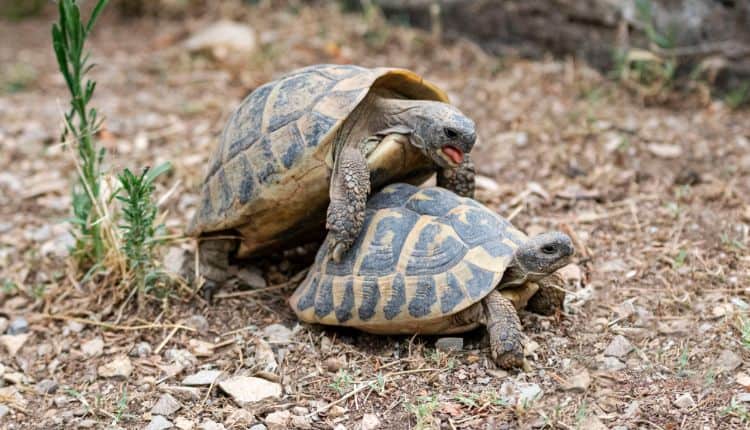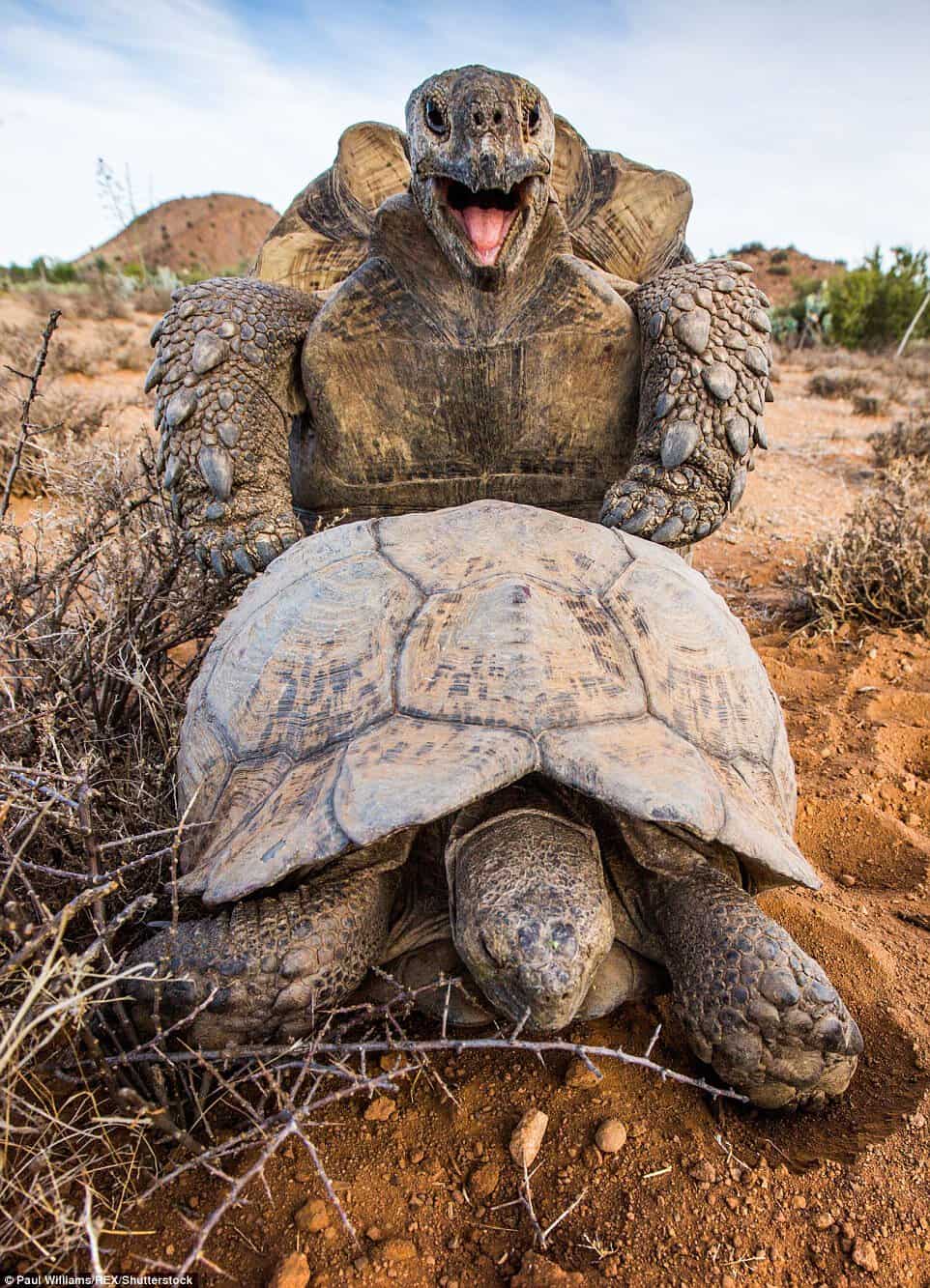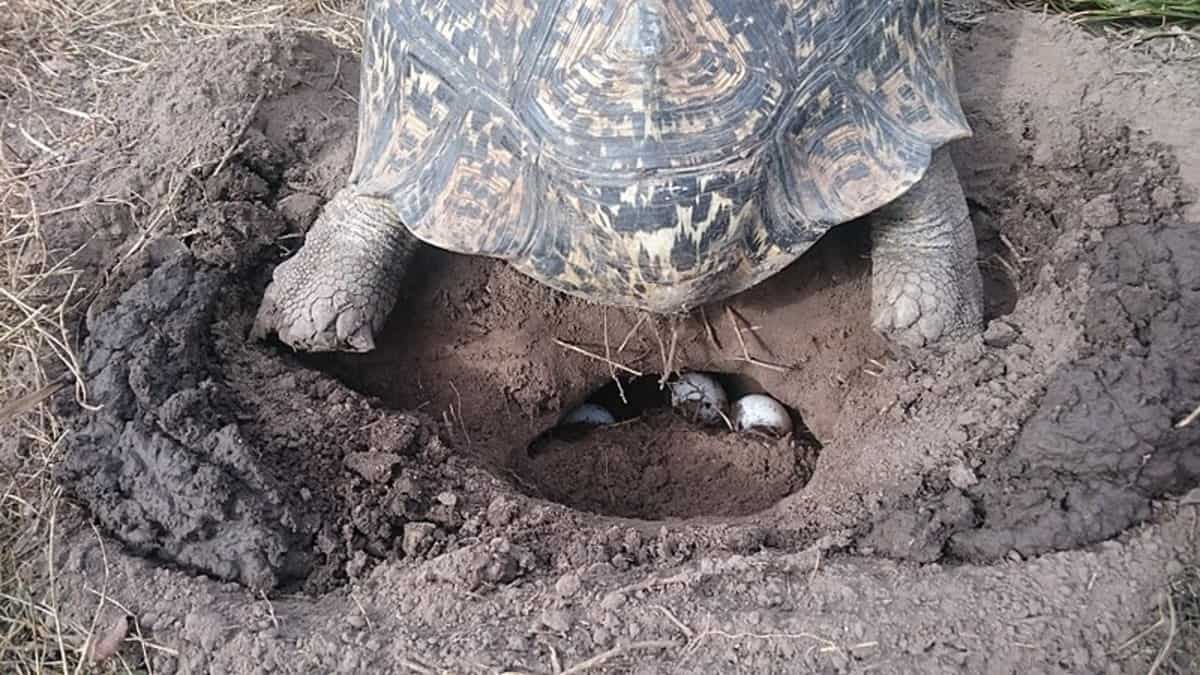Tortoise breeding involves carefully managing the mating, incubation, and hatching processes to ensure the health and survival of the offspring.
Unlocking the Secrets of Tortoise Reproduction: A Guide to Successful Mating and Egg Incubation
Tortoises are fascinating creatures that have been around for millions of years. They are known for their slow and steady nature, and their longevity, with some species living for over 100 years. Breeding tortoises can be a rewarding experience for those who are passionate about these unique reptiles. There are many different species of tortoises, each with their own specific breeding behaviors and requirements.
Understanding the mating behavior, courtship rituals, nesting and egg laying, incubation, hatching, and care of tortoise hatchlings is essential for successful breeding. Additionally, conservation and breeding programs play a crucial role in preserving endangered tortoise species and ensuring their survival for future generations.
Mating Behavior of Tortoises
Tortoises have specific mating behaviors that are essential for successful reproduction. Mating usually occurs in the spring or early summer when the weather is warm and food is plentiful. Male tortoises will often engage in aggressive behavior towards each other to establish dominance and gain access to females.
Once a male has established dominance, he will begin to court the female by nuzzling her and biting at her legs and shell. The female may initially resist the male’s advances, but eventually, she will allow him to mount her for copulation. It is important for breeders to closely monitor the mating behavior of their tortoises to ensure that successful copulation occurs.
Tortoises are known for their slow and deliberate movements, and this is also true when it comes to their mating behavior. The process of courtship and copulation can take several hours, and it is important for breeders to be patient and allow the tortoises to complete the mating process naturally. It is also essential to provide a suitable environment for mating, including a spacious enclosure with plenty of hiding spots and a comfortable substrate for the tortoises to dig and nest in. By understanding the mating behavior of tortoises and providing the right conditions, breeders can increase the likelihood of successful reproduction.
Courtship Rituals and Displays
Courtship rituals and displays are an important part of the mating behavior of tortoises. Male tortoises will often engage in elaborate displays to attract females and establish dominance. These displays can include head bobbing, circling, and vocalizations. The male will also use his sense of smell to detect pheromones released by the female, which can help him locate her and initiate courtship. Once the male has located a female, he will begin to court her by nuzzling her and biting at her legs and shell. The female may initially resist the male’s advances, but eventually, she will allow him to mount her for copulation.
In some species of tortoises, courtship displays can be quite elaborate, with males engaging in intricate dances and movements to impress the female. These displays can be a sight to behold and are a testament to the complex social behaviors of tortoises. It is important for breeders to observe these courtship rituals closely to ensure that successful copulation occurs. By understanding the courtship displays of tortoises, breeders can gain insight into the reproductive behaviors of these fascinating creatures.
Nesting and Egg Laying
After successful copulation, female tortoises will begin to prepare for nesting and egg laying. It is essential for breeders to provide a suitable nesting area for their tortoises, including a spacious enclosure with a sandy substrate that is easy for the female to dig in. Female tortoises will often dig several test nests before choosing a suitable location to lay their eggs. Once a nest site has been chosen, the female will begin to lay her eggs, usually laying one egg at a time over the course of several hours.
The number of eggs laid by a female tortoise can vary depending on the species, with some laying just a few eggs while others may lay dozens. It is important for breeders to carefully monitor the egg-laying process and provide the female with privacy and security during this time. Once the eggs have been laid, it is essential to carefully remove them from the nest site and place them in an artificial incubator to ensure their safety and proper development. By understanding the nesting and egg-laying behaviors of tortoises, breeders can provide the right conditions for successful reproduction.
Incubation of Tortoise Eggs
Once the eggs have been laid, it is essential to carefully remove them from the nest site and place them in an artificial incubator for proper development. The temperature and humidity levels in the incubator must be carefully monitored to ensure that the eggs develop correctly. The length of incubation can vary depending on the species of tortoise, with some eggs hatching in just a few months while others may take over a year to hatch.
During incubation, it is important for breeders to regularly check the eggs for signs of development and make any necessary adjustments to the incubator conditions. It is also essential to handle the eggs with care to avoid damaging them or disrupting their development. By understanding the incubation process and providing the right conditions, breeders can increase the likelihood of successful hatching.
Hatching and Care of Tortoise Hatchlings
After a period of incubation, the tortoise eggs will begin to hatch, and tiny hatchlings will emerge from their shells. It is essential for breeders to provide a suitable environment for the hatchlings, including a warm and humid enclosure with plenty of hiding spots and access to fresh water and food. The hatchlings will need time to adjust to their new environment and should be closely monitored during this time.
The care of tortoise hatchlings can be challenging, as they are vulnerable to predators and environmental stressors. It is important for breeders to provide proper nutrition and care for the hatchlings to ensure their health and well-being. By understanding the needs of tortoise hatchlings and providing the right conditions, breeders can increase the likelihood of successful growth and development.
Conservation and Breeding Programs
Conservation and breeding programs play a crucial role in preserving endangered tortoise species and ensuring their survival for future generations. Many species of tortoises are threatened by habitat loss, poaching, and other human activities, making it essential to take action to protect these unique creatures. Breeding programs can help increase the population numbers of endangered species and provide individuals for reintroduction into their natural habitats.
In addition to breeding programs, conservation efforts such as habitat restoration, education, and legislation are essential for protecting tortoise populations. By working together with conservation organizations, breeders can contribute to the preservation of these fascinating creatures and help ensure their survival for generations to come.
Conclusion
In conclusion, breeding tortoises can be a rewarding experience for those who are passionate about these unique reptiles. Understanding the mating behavior, courtship rituals, nesting and egg laying, incubation, hatching, and care of tortoise hatchlings is essential for successful breeding.
Additionally, conservation and breeding programs play a crucial role in preserving endangered tortoise species and ensuring their survival for future generations. By working together with conservation organizations, breeders can contribute to the preservation of these fascinating creatures and help ensure their survival for generations to come.
Originally posted 2024-07-02 02:07:14.



